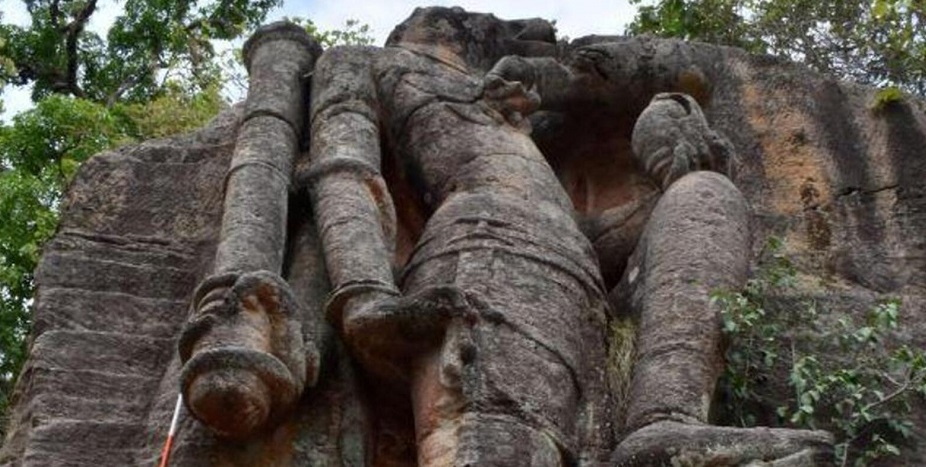Earlier this year, the Archaeological Survey of India (ASI) discovered Buddhist caves and stupas, Brahmi inscriptions dating back to the 2nd century, Hindu temples from the 9th to 11th centuries, and perhaps the world’s largest Varaha sculptures dating back to the same period at the Bandhavgarh National Park in Madhya Pradesh.
Among many monolithic sculptures of the 10 incarnations of Lord Vishnu is the Varaha sculpture that were discovered by the ASI at the national park earlier this year. The Last such type of effort took place after 84 years of exploration in 1938.
A total of 46 new sculptures were discovered and reported by the Superintendent Archaeologist who led the exploration team and also, said that ten sculptures were already been discovered and reported by the ASI survey in the year 1938.
In three phases the exploration process in Bandhavgarh National Park was carried out, where the first process was completed in the Tala range in the months of May and June this year and in the second phase, the Khitouli and Magadhi ranges of the tiger reserve will be explored.
The Discovery brought about the total number of caves found in Bandhavgarh to 76 as 50 of them were already in records since the last survey as most of the remains had rounded ‘Chaitya’ doors and the stone beds typical of the Mahayana Buddhism sites. And, apart from these, 24 inscriptions were of Brahmi text. The Inscriptions mention sites like Mathura and Kaushambi, Pothasiri, Bhattadeva, and Bhimsena.
The Remains of 26 temples were from the Kalachuri period between the 9th to 11th centuries. Two Saiva mutts have also been documented in addition to these. Associated with the earlier Ellora and Elephanta cave monuments, the Kalachuri dynasty spread over parts of Gujarat, Maharashtra, and Madhya Pradesh.
Also, the remains of the Gupta period such as the door jambs and carvings in caves have also been found.
These archaeological remains have added a new chapter to the history of this region, well known as the Baghelkhand region. Also, the ASI Director said, “as this is a reserved forest area, the main problem in exploration is with the permissions and the preservation of these documentations is the foremost priority”.
About Author:-
Shivangi Rai is a travel writer who loves to share her travel experiences and memoirs with the audience. She desires to explore every nook and corner of India with a fascination, especially with tourism and trekking.

